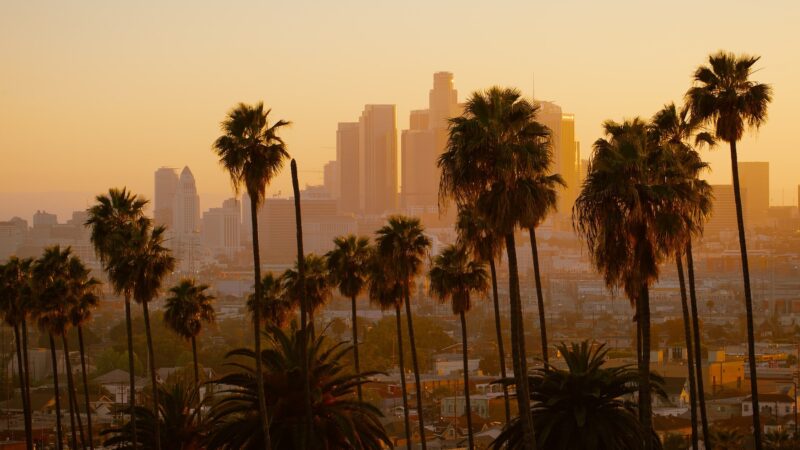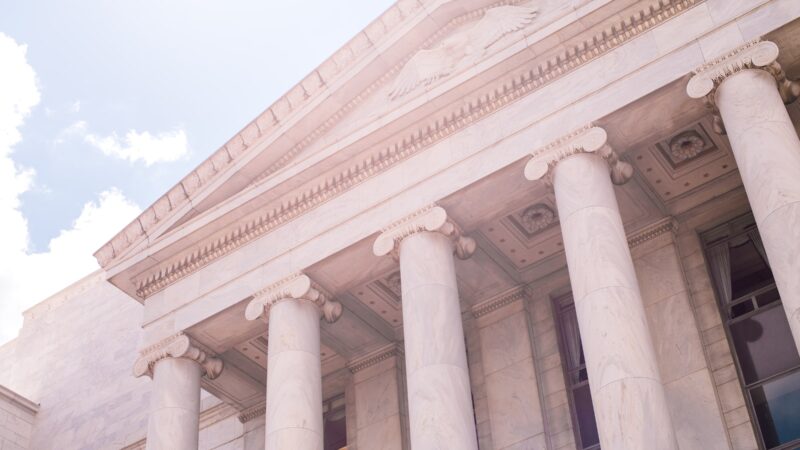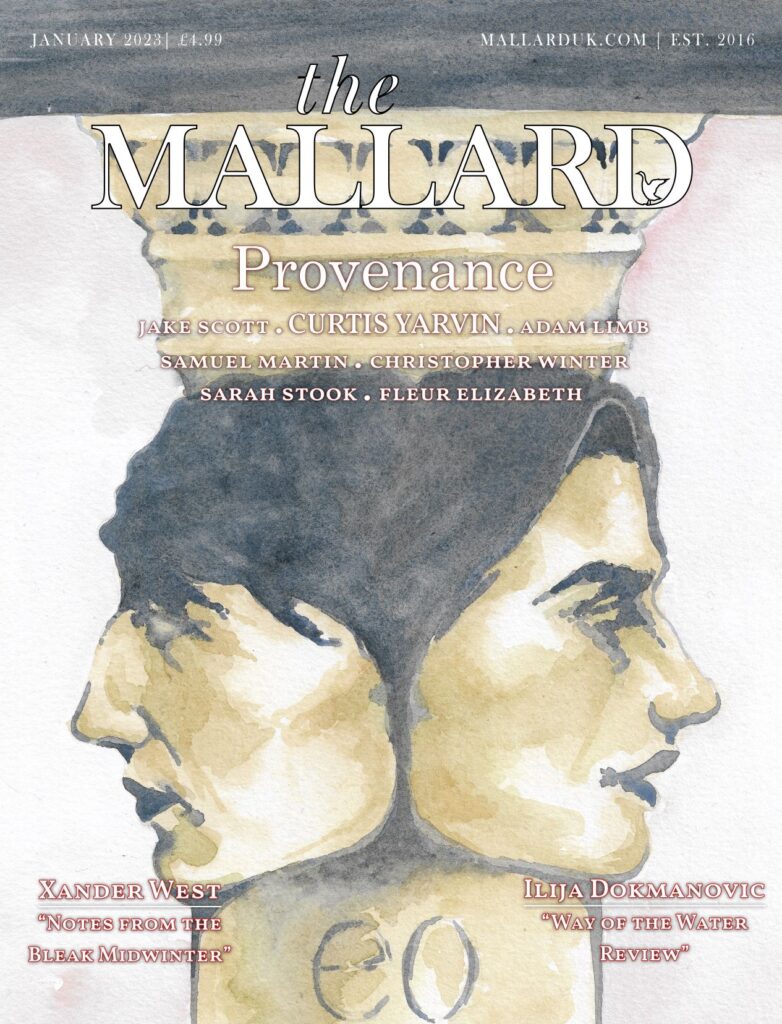On the Alabama IVF Ruling
On the 19th February 2024, the Alabama Supreme Court ruled that embryos created through IVF are “children”, and should be legally recognised as such. This issue was brought by three couples suing their IVF providers due to the destruction of their children while being cryogenically stored under an existing Death of a Minor statue in the state. This statute explicitly covered foetuses (presumably to allow for compensation to be sought by women who has suffered miscarriages or stillbirths which could have been prevented), but there was some ambiguity over whether IVF embryos were covered prior to the ruling that it applies to “all unborn children, regardless of their location”. It has since been revealed that the person responsible was a patient at the clinic in question, so while mainstream outlets have stated that the damage was ‘accidental’, I find this rather implausible given the security in place for accessing cryogenic freezers. It is the author’s own suspicion that the person responsible was in fact an activist foreseeing the consequences of successful Wrongful Death of a Minor lawsuit against the clinic for the desecration of unborn children outside the womb.
The ruling does not explicitly ban or even restrict IVF treatments; it merely states that the products thereof must be legally recognised as human beings. However, this view is incompatible with multiple stages of the IVF process, and this is what makes this step in the right direction a potentially significant victory. For those who may be (blissfully) unaware, the IVF process goes something like this. A woman is hormonally stimulated to release multiple eggs in a cycle rather than the usual one or two. These are then exacted and then fertilised with sperm in a lab. There is nothing explicitly contrary to the view that life begins at conception in these first two steps. However, as Elisabeth Smith (Director of State Policy at the Centre for Reproductive Rights) explains, not all of the embryos created can be used. Some are tossed due to genetic abnormalities, and even of those that remain usually no more than three are implanted into the womb at any given time, but they can be cryogenically stored for up to a decade and implanted at a later date or into someone else.
In this knowledge, three major problems for the IVF industry in Alabama become apparent. The first is that they will not be able to toss those which they deem to be unsuitable for implantation due to genetic abnormalities. This would massively increase the cost to IVF patients as they would have to store all the children created for an unspecified length of time. This is assuming that storing children in freezers is deemed to be acceptable at all, which is not a given as any reasonable person would say that freezing children at later stages of development was incredibly abusive. The second problem is that even if it is permitted to continue creating children outside of the womb and storing them for future implantation (perhaps by only permitting storage for a week or less), it would only be possible to create the number of children that the woman is willing to have implanted. This would further increase costs as if the first attempt at implantation fails, the patient would have to go back to the drawing board and have more eggs extracted, rather than trying again from a larger supply already in the freezer. The third problem is that, particularly if the number of stored children increases dramatically, liability insurance would have to cover any loss, destruction, or damage to said children, which would make it a totally unviable business for all but the wealthiest.
The connection between this ruling and the abortion debate has been made explicitly by both sides. Given that it already has a total ban on abortion, Alabama seems a likely state to take further steps to protect the unborn, which may spread to other Republican states if they are deemed successful. The states that currently also impose a total ban on abortion either at any time after conception or after 6 weeks gestation (where it is only possible to know of a pregnancy for 2 weeks) are Arkansas, Kentucky, Louisiana, Mississippi, Missouri, Oklahoma, South Dakota, Tennessee, Texas, North Carolina, Arizona, and Utah. There are other states with an exception only for rape and incest, with some requiring that this be reported to law enforcement.
However, despite the fact that the ruling was made by Republicans appointed to their posts at the time of Donald Trump’s presidency, he has publicly criticised this decision saying that “we should be making it easier for people to have strong families, not harder”. Nikki Haley appeared initially to support the ban, but later backtracked on this commitment. In a surprisingly intellectually honest move, The Guardian made an explicit link between the medical hysteria on this topic and the prevalence of female doctors among IVF patients. Glenza (2024) wrote:
“Fertility is of special concern to female physicians. Residents typically finish training at 31.6 years of age, which are prime reproductive years. Female physicians suffer infertility at twice the rate of the general population, because demanding careers push many to delay starting a family.”
While dry and factual, this statement admits consciously that ‘infertility’ is (or at least can be) caused by lifestyle choices and priorities (i.e. prioritising one’s career over using ideal reproductive years in the 20’s and early 30’s to marry and have children), rather than genes or bad luck, and is therefore largely preventable by women making different choices.
I sincerely hope that, despite criticism of the ruling by (disproportionately female) doctors which a vested interest, the rule of law stands firm and that an honest interpretation of this ruling is manifested in reality. This would mean that for reasons stated above it will become unviable to run a profitable IVF business, and that while wealthy couples may travel out of state, a majority of those currently seeking IVF will instead adopt children, and/or face the consequences of their life decisions. Furthermore, I hope that young women on the fence about accepting a likely future proposal, pulling the goalie, or aborting a current pregnancy to focus on her career consider the long-term consequences of waiting too long to have children.






On Setting Yourself on Fire
A man sets himself on fire on Sunday afternoon for the Palestinian cause, and by Monday morning his would-be allies are calling him a privileged white male. At the time of writing, his act of self-immolation has already dropped off the trending tab of Twitter – quickly replaced by the Willy Wonka Experience debacle in Glasgow and Kate Middelton themed conspiracy theories.
Upsettingly, it is not uncommon for soldiers to take their own lives during and after conflict. This suicide, however, is a uniquely tragic one; Aaron Bushnell was a serving member of the US Airforce working as a software engineer radicalised by communists and libtards to not only hate his country and his military, but himself. His Reddit history shows his descent into anti-white hatred, describing Caucasians as ‘White-Brained Colonisers’.
White guilt is nothing new, we see it pouring out of our universities and mainstream media all the time. But the fact that this man was so disturbed and affected by it as to make the conscious decision to douse petrol all over himself and set his combat fatigues ablaze reminds us of the genuine and real threat that it poses to us. Today it is an act of suicide by self-immolation, when will it be an act of suicide by bombing?
I have seen some posters from the right talking about the ‘Mishima-esque’ nature of his self-immolation, but this could not be further from the truth. Mishima knew that his cause was a hopeless one. He knew that his coup would fail. He did not enter Camp Ichigaya expecting to overthrow the Japanese government. His suicide was a methodically planned quasi-artistic act of Seppuku so that he could achieve an ‘honourable death’. Aaron Bushnell, on the other hand, decided to set himself on fire because he sincerely believed it would make a difference. Going off his many posts on Reddit, it would also be fair to assume that this act was done in some way to endear himself to his liberal counterparts and ‘atone’ for his many sins (being white).
Of course, his liberal counterparts did not all see it this way. Whilst videos of his death began flooding the timeline, factions quickly emerged, with radicals trying to decide whether using phrases like ‘rest in power’ were appropriate. That slogan is of course only reserved for black victims of white violence.
Some went even further, and began to criticise people in general for feeling sorry for the chap. In their view, his death was just one less ‘white-brained coloniser’ to worry about. It appears that setting yourself on fire, screaming in agony as your skin pulls away, feeling your own fat render off, and writhing and dying in complete torture was the absolute bare minimum he could do.
There are of course those who have decided to martyr and lionise him. It is hard to discern which side is worse. At least those who ‘call him out’ are making a clear case to left leaning white boys that nothing they do will ever be enough. By contrast, people who cheer this man on and make him into some kind of hero are only helping to stoke the next bonfire and are implicitly normalising the idea of white male suicide as a form of redemption.
Pick up your phone and scroll through your friend’s Instagram stories and you will eventually find at least one person making a post about the Israel-Palestine conflict. It might be some banal infographic, or a photo carefully selected to tug at your heart strings; this kind of ‘slacktivism’ has become extremely common in the last few years.
Dig deeper through the content accounts that produce these kinds of infographics however, and you will find post after post discussing the ‘problems’ of whiteness/being male/being heterosexual etc. These accounts, often hidden from view of the right wing by the various algorithms that curate what we see, get incredible rates of interactions.
The mindset of westerners who champion these kinds of statements is completely suicidal. They are actively seeking out allies amongst people who would see them dead in a ditch if they had a chance. Half of them would cheer for you as you put a barrel of a gun to your forehead, and the other half would still hate you after your corpse was cold.
There are many on the right who believe that if we just ‘have conversations’ with the ‘sensible left wing’ we will be able to achieve a compromise that ‘works for everyone’. This is a complete folly. The centre left will always make gradual concessions to the extreme left – it is where they source their energy and (eventually) their ideas. Pandering to these people and making compromises is, in essence, making deals with people who hate you. If you fall into one of the previously discussed categories, you are the enemy of goodness and peace. You are eternally guilty, so guilty in fact that literally burning yourself alive won’t save you.
Photo Credit.